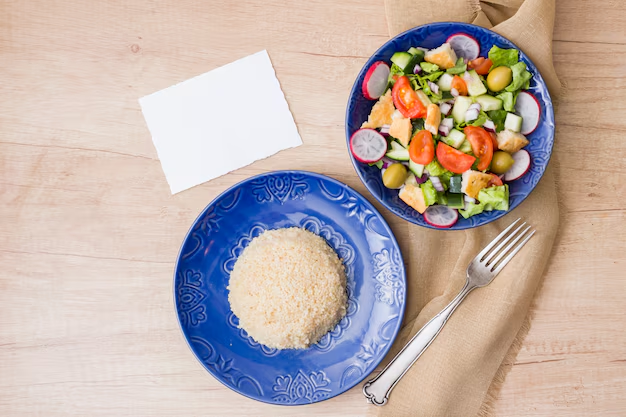Best Rice Options for Diabetics: What You Need to Know
Rice is a staple food in many diets around the world, but if you're managing diabetes, you might be wondering which type of rice is best for you. The glycemic index (GI) of rice is an essential factor to consider. The GI measures how quickly a food raises blood sugar levels. Foods with a low GI are preferred for managing diabetes because they cause a slower and more gradual rise in blood sugar.
What Types of Rice Are Best for Managing Diabetes?
Brown Rice: Brown rice is one of the best options for those with diabetes. It is less processed than white rice, retaining more nutrients and fiber. The added fiber content helps to slow sugar absorption in the body, providing a steadier stream of energy without rapid spikes in blood sugar.
Basmati Rice: Particularly the whole-grain variety, basmati rice has a medium glycemic index and also contains more fiber compared to standard white rice. It's a great choice for those who want a flavorful option that still supports blood sugar management.
Wild Rice: Not a true rice but a grain, wild rice is rich in antioxidants and has a lower GI. It also provides essential nutrients such as zinc, vitamin B3, and magnesium, which benefit overall health and support stable energy levels.
Black Rice: This "forbidden rice" is packed with fiber and anthocyanins, potent antioxidants that have been linked to various health benefits. Its GI is lower than that of white rice, making it a suitable choice for diabetics looking to diversify their diet while managing sugar levels.
Quinoa: While not technically rice, quinoa is often used as a rice substitute and is an excellent option for managing diabetes. It is high in protein and fiber, contributing to slower digestion and a lower impact on blood sugar levels.
Tips for Including Rice in a Diabetic Diet
- Portion Control: Even healthier rice options should be consumed in moderation. Monitor your portion sizes and pair rice with plenty of vegetables and lean proteins to balance your meal.
- Mix and Match: Combine rice with other whole grains like barley or farro, or mix in seeds such as chia or flaxseed for added nutrients and fiber.
- Cooking Techniques: Cooking rice with a bit of oil or pairing it with healthy fats like avocado can help slow the absorption of carbohydrates.
Managing diabetes doesn't only rely on making smart dietary choices. Exploring relevant financial assistance resources can provide support, enabling you to focus on health without added stress.
Explore Financial Resources for Managing Diabetes
💵 Government Aid Programs: Many countries offer healthcare assistance and medical subsidies for chronic illness management. Check out what's available in your area to ease medical expenses.
💳 Credit Solutions for Medical Expenses: Some financial institutions offer credit card programs or loans specifically designed to cover medical needs, which could include costs related to diabetic care.
📚 Educational Grants: Scholarships and grants may be available for educational programs focusing on health management. These can provide long-term benefits by educating yourself or family members on best practices for diabetes management.
🏥 Debt Relief Options: If medical bills have accumulated, look into organizations offering debt relief options for individuals with chronic illnesses to help manage finances more effectively.
🍏 Community Nutrition Programs: Local health departments often run programs that offer nutritional counseling and meal planning assistance at little or no cost to those managing diabetes.
By choosing the right type of rice and utilizing available resources, you can effectively manage your diabetes while alleviating financial burdens.
